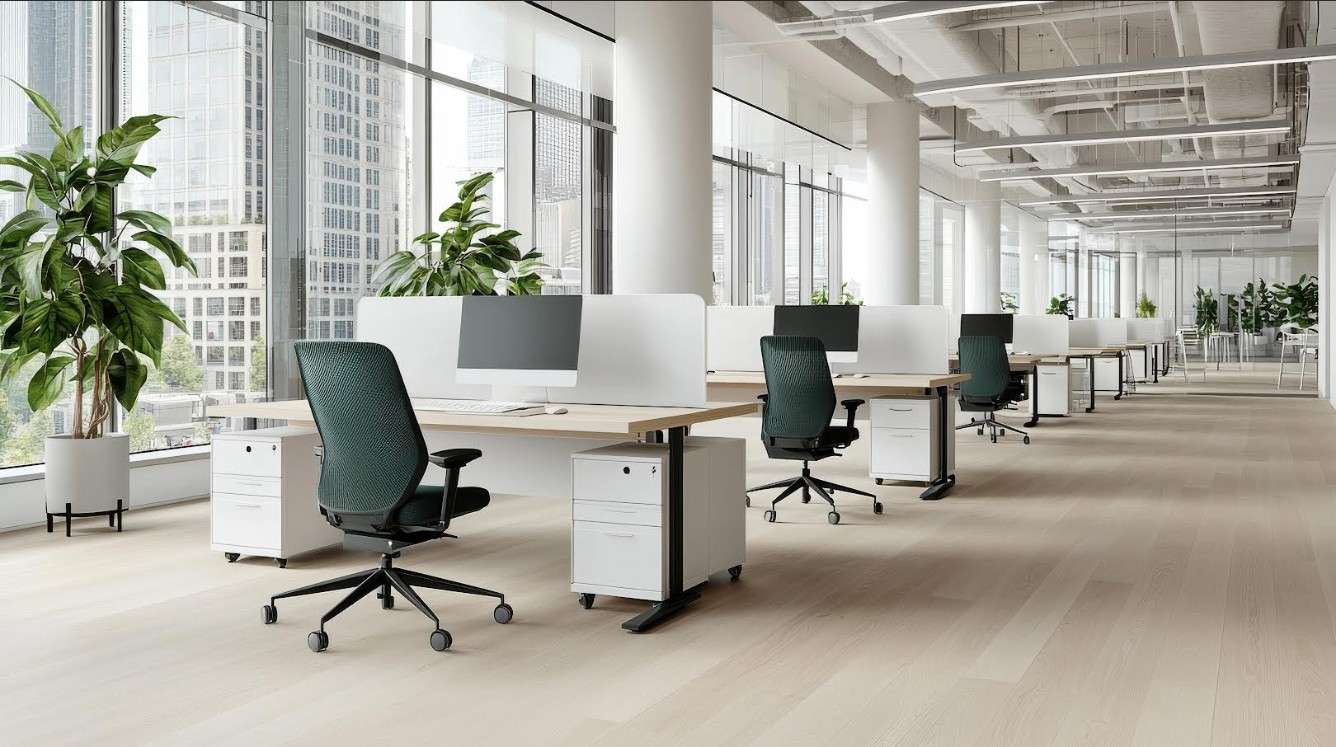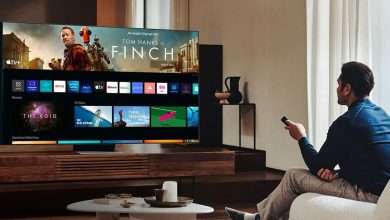Choosing the Right Business Furniture for Productivity and Style

We tend to focus on the obvious when designing or upgrading a workspace. Yes, most of us dwell so much on comfortable chairs, spacious desks, and maybe a modern look to impress clients. While those are the most important, there are lesser-known factors that can significantly influence both productivity and style in your workplace. These under-the-radar considerations might not be top of mind, but they can make a major difference in how your office functions and feels.
Furniture Footprint and Flow
It’s easy to fall in love with a sleek executive desk or a plush meeting chair, but it’s not the right choice if it disrupts the natural flow of your office. The size and layout of your furniture should promote movement, not restrict it. Poorly planned layouts create bottlenecks and can even increase stress. Think beyond “will it fit” and consider “how will it function in this space?”
Color Psychology Matters More Than You Think
The color of your business furniture does more than match your branding. It can influence mood, productivity, and even communication. Blue tones can enhance focus, green brings a sense of calm, while warmer colors like orange can boost creativity and enthusiasm. It could be the color palette if your office feels “off,” not the design. A good tip is to choose colors based on the function of the room. For example, opt for energizing tones in brainstorming areas and soothing hues in quiet spaces.
Material Impact on Acoustics
You probably consider comfort and appearance when picking materials, but what about sound? Upholstered chairs and partition walls can dampen noise, while hard surfaces like glass and metal can increase echo and distraction. This becomes even more important for maintaining concentration and minimizing noise fatigue in open-concept offices.
Cable Management is a Style Statement
A tangle of cords under a sleek workstation can ruin even the most stylish office. Smart cable management not only improves aesthetics but also promotes safety and makes cleaning easier.When selecting business furniture, it’s essential to consider not only the style but also the craftsmanship and durability. For those who appreciate timeless design and superior quality, exploring options from an Amish furniture store in Carroll County can be a wise choice. Amish furniture is renowned for its meticulous craftsmanship and use of high-quality materials, ensuring that each piece is both functional and aesthetically pleasing. This type of furniture can seamlessly blend into various business environments, offering a unique combination of tradition and modernity that can enhance any workspace. Modern business furniture often includes built-in grommets, channels, or compartments for keeping wires out of sight and out of mind. Opt for furniture with integrated wire management or pair it with under-desk trays and clips.
Furniture That Grows with Your Team
Scalability is one of the most overlooked aspects of office design. Startups and growing companies often need to add desks, expand meeting spaces, or reconfigure layouts as they scale. Buying modular or reconfigurable furniture can save money and hassle in the long run.
Furniture as Brand Identity
Your office furniture says more about your brand than you think. Are you sleek and cutting-edge? Warm and collaborative? Eco-conscious? Your material, layout, and design style choices communicate your company culture to both employees and visitors. Reclaimed wood can convey sustainability, while minimalist glass and metal can communicate innovation and efficiency.
Ergonomics Beyond the Chair
Everyone knows a good ergonomic chair matters, but ergonomics should extend to all furniture. Desks that are too high or too low can lead to posture problems, while improperly placed monitors or lighting can cause eye strain and headaches. Did you know that even the layout of storage solutions can affect how often employees need to twist, bend, or stretch? Hence, go for adjustable-height desks and monitor arms, and place storage at waist level, when possible, to reduce physical strain.
Impact on Employee Interaction
Furniture influences how people interact. High-backed chairs and partitions can foster focus but limit collaboration. On the flip side, open seating encourages conversation but might increase distraction. Choosing the right balance depends on your workplace goals. You can create a mix of open collaborative zones and private focus areas to support different work styles and personalities.
Maintenance and Longevity
Some stylish pieces look great in the showroom but require constant cleaning or repairs in the real world. Consider how easily your furniture can be maintained. Materials that resist stains, wear, and tear will save time and money over the years.



